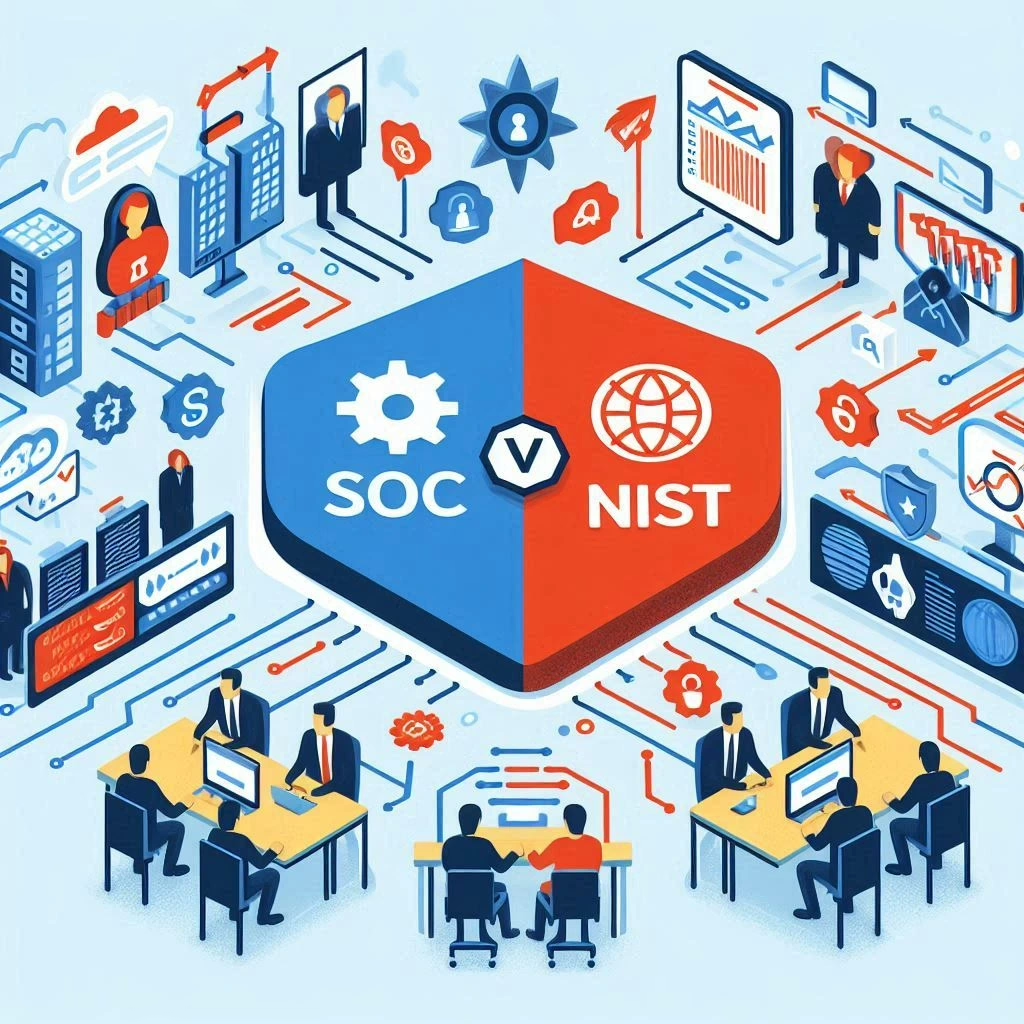Internal auditing is an independent, objective assurance and consulting activity designed to add value and improve an organization’s operations. It brings a systematic, disciplined approach to evaluate and enhance the effectiveness of risk management, control, and governance processes. Internal auditors assess various aspects, including emerging technologies, global issues, ethics, quality, economy, and efficiency. Their goal is to ensure that internal controls are adequate to mitigate risks and that governance processes are effective and efficient. In summary, internal audit plays a crucial role in helping organizations achieve their objectives by ensuring effective risk management, strong controls, and sound governance processes.

The Sigma Mindset: Enhancing Decision-Making in Internal Audit
Introduction to the Sigma Mindset In the realm of internal audit, decision-making is a critical function that can significantly influence an organization's risk management and operational efficiency. The Sigma Mindset…

Building a Sigma Culture Transforming Internal Audit Teams
Introduction to Sigma Mindset in Internal Audit In the ever-evolving landscape of internal auditing, the need for a robust and adaptive workplace culture is paramount. One such transformative approach is…

Customizing Excel Leadership Templates for Your Internal Audit Needs
Introduction The effectiveness of leadership can significantly influence the success of audit processes and outcomes. One essential tool that aids in this endeavor is the leadership standard work template. These…

Mastering the PBC List Best Practices for Internal Auditors
Introduction to PBC Lists The Prepared By Client (PBC) list serves as a critical tool that streamlines the audit process and enhances collaboration between auditors and clients. Understanding the significance…

SOC 2 vs NIST: Which Framework Should Your Organization Follow?
Introduction In an increasingly complex business landscape, organizations are faced with the critical task of ensuring compliance with various regulatory standards. Among the most prominent frameworks are SOC 2 and…

Future-Proofing Your Career as a Remote IT Auditor
Introduction The landscape of IT auditing is undergoing a significant transformation, driven by rapid technological advancements and the increasing demand for flexible work arrangements. As organizations continue to embrace digitalization,…

Auditing for Accountability The Role of Positive Internal Controls
Introduction to Internal Controls Internal controls are essential mechanisms within an organization designed to safeguard assets, ensure the accuracy of financial reporting, and promote operational efficiency. They consist of a…

Common Pitfalls in ISO 27001 Audits and How to Avoid Them
Introduction to ISO 27001 Audits ISO 27001 is an internationally recognized standard that outlines the requirements for establishing, implementing, maintaining, and continually improving an Information Security Management System (ISMS). This…

Best Practices for Preparing for the IAM III Certification Exam
Introduction to IAM III Certification The IAM III (Internal Audit Management Level III) certification is a prestigious credential that signifies a professional's advanced knowledge and expertise in the field of…

Best Practices for Implementing ERM in Internal Audit
Introduction to ERM Enterprise Risk Management (ERM) is a comprehensive and structured approach that organizations adopt to identify, assess, manage, and monitor risks that could potentially impact their objectives. It…









